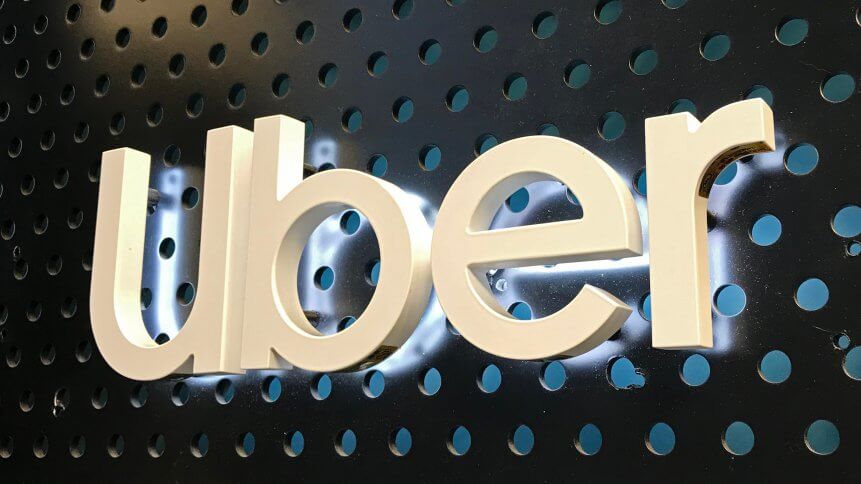Uber enters challenger bank territory with Uber Money

Rideshare tech giant Uber this week launched Uber Money, a new arm of the rapidly-diversifying business devoted to “financial products and technologies” for its drivers.
Announcing the launch in a blog post, Uber said the new arm is designed to deliver “additional value” for its community at “Uber speed”.
Core to the move is the ability to provide Uber drivers instant access to their earnings after every trip by opening an Uber Debit account, rather than having to wait for weekly payments or cashing out throughout instant pay.
The Green Dot-powered bank account will provide 3 percent cashback on gas, going up to 6 percent for higher-tier drivers. A no-cost US$100 overdraft, meanwhile, means cash-strapped gig workers can afford to fill up on gas to kickstart their working day.
The firm is also launching Uber Wallet in the Uber Driver app (with Uber and Uber Eats to follow)— allowing drivers to track earning, spending, and make transfers, while the ride-hailing firm is relaunching its Uber Credit Card, providing 5 percent cashback in ‘Uber Cash’ for purchases across all of its services; “You’ll even get rewarded for hailing an Uber Copter from Manhattan to JFK,” the firm said.
All this amounts to a huge value-add for drivers at a time for the company is under pressure to retain workers and business against competitors; Uber is under pressure to remain competitive to its four million drivers against the likes of Lyft, and leagues of other copycat services emerging with similar propositions.
Providing drivers more bang for their buck, it will also be difficult for Uber workers to forego the service, which will give Uber Money a substantial first-wave userbase, especially when it rolls the service outside of the US— Uber has 3 million drivers worldwide.
A tightening grip on the gig economy
In its home state of California, where nationwide precedents are frequently set first, Uber was recently required to reclassify its gig workers as employees, entitled to sick leave, holidays and other benefits. Soon after, the firm launched a staff hiring app, helping businesses “fill empty shifts” by matching its workers with businesses looking for short-term staff.
The move suggested Uber was seeking to cement its wider hold and presence in the growing landscape of ‘non-traditional’ work, which Deloitte predicts will reach 42 million workers in the US in the next year.
Making flexible payment services to supplement existing drivers and workers, and incentivize new ones, will help Uber to further establish dominance in the gig economy market but, according to Uber Money’s new head, Peter Hazlehurst, the product could also be rolled out to riders soon as well.
That could help bring new digital payment methods, and Uber’s business, to markets which are still reliant on cash.
“The reality is that the needs of our partners in the US and in Brazil and in Australia and in India mirror in many ways the needs of consumers as well, particularly in the cash-heavy economies,” Hazlehurst told CNBC.
Hazlehurst also said Uber’s existing scale will mean it can negotiate better deals with vendors, so it can offer more attractive services than other challenger banks. “We don’t have to take the traditional fee income model to operate these services,” he said.
In joining the world of payments, digital wallets, and banking, Uber joins a raft of other global tech titans which are layering the pressure onto the incumbent banking market, including Amazon, Apple, Google and Facebook.










